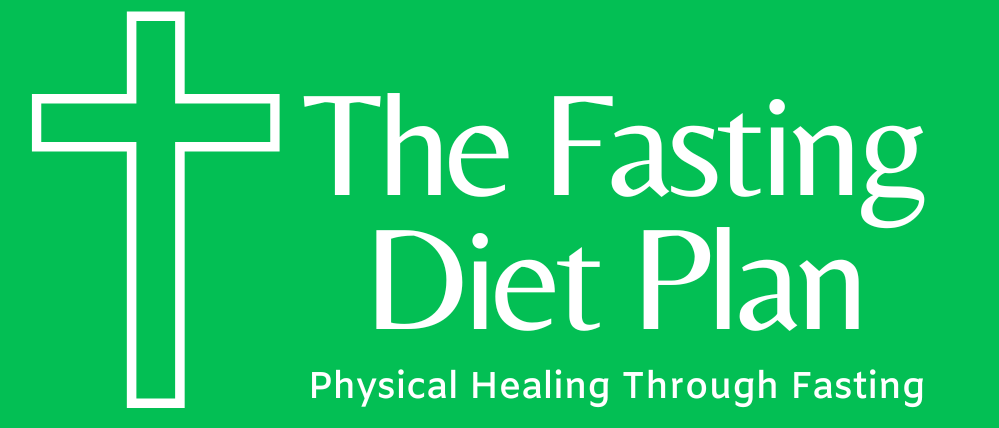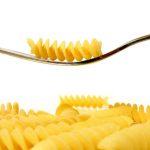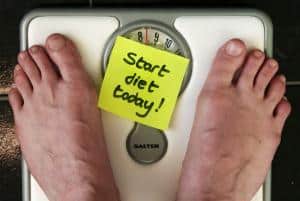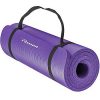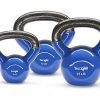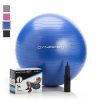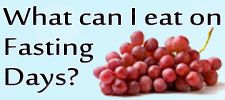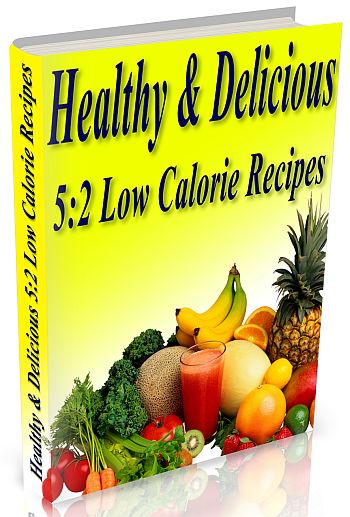There are so many kinds of diets out there, each with the promise of heath, weight loss and the perfect life. They have names like Weight Watchers diet, Slow Carb diet, Juice Diet, Atkins diet, Shangri-la Diet, Paleolithic Diet and so many others (like our own 5:2 Diet). They all also have their own rules, concepts and results. But which one is the best for you?
Below we’ve outlined 4 of the top types of diets available (along with the 5:2 Diet), including with what they involve, when you should actually use it, and why you shouldn’t. The basic idea is that if one doesn’t work for you (after a good amount of time and effort), or for medical reasons you can’t continue with one type of diet, you should be able to try another.

There are many diets around, so which diet is right for you?
The list below has 3 parts to each diet: The basic idea, a More In-depth ‘How-To’, and a sort of ‘When you should and shouldn’t be on this diet’. The breakdown is there just to let you know the general views of each diet.
The ‘when to use/not use’ is more or less talking about some of the health issues, as well as the convenience (how much time you are willing to put into a diet).
And as always, we are not doctors, so please consult a real physician before altering your diet or trying any of these diets.
The Slow Carb Diet
Briefly: The Slow Carb Diet essentially tells you to get rid of any high glycemic foods (starches – anything that is in a ‘white’ form, and high sugar fruits), and focus more on eating lean proteins, vegetables and legumes.
Details: Made popular by Tim Ferris in his book ‘The 4 Hour Body’, the Slow Carb Diet is a 6-day diet with 1 cheat day where you can eat whatever you want. The focus of the diet is based around 4 Rules (5 if you count exercising):
- Avoid ‘White’ Carbs – This means any carbs that could come in white form: bread, pastas, potatoes, cereals. This means no eating any of these during the diet, unless it is immediately after weight training (the body needs these carbs to build muscle).
- Eat mainly these food groups: Proteins (egg whites, chicken breasts, organic beef), Legumes (lentils, black beans), and Vegetables (spinach, asparagus, mixed vegetables). And eat meals on a regular schedule.
- Don’t drink calories – Drink mostly water or tea (or coffee with no cream), with very limited drinking of sodas, juices, milk.
- Take one day a week off. Eat what you want, as much as you want.
When to Use/Not Use: Obviously when you’re pregnant or nursing, you need to keep as many nutrients in your body, which include sugars from fruits, so wait till you’re off of breast feeding before trying this diet. The key factor in this diet is that it promotes weight-loss without exercising, so if you are immobile for any reason, trying this diet may work. With any diet though, being active will seriously aid in your weight-loss, so try to keep moving!
More reading: The 4-Hour Body: An Uncommon Guide to Rapid Fat-Loss
The Juice Diet, or Liquid Diet
Briefly: Consume nothing more than blended fruits, vegetables and water for a set term (normally in 1, 7, and 14 day diets).
Details: The juice diet is normally done just for a short amount of time, and is seen as a quick detoxify/cleanse, as well as a serious fat burner. Feeding your body only juice gives it a boost of natural nutrition, but also gives it a break from having to digest solid foods. The high fiber you’ll be ingesting also acts as a natural cleanser. It is suggested to try this in stages (1 day, then 7 days), so you get to know how it works. Drinking lots of water throughout the diet is key, as well as some people suggest taking an iron supplement, as your body will start lacking due to not eating meats.
When to Use/Not Use: Again with pregnant women, we suggest keeping away from this. The same goes for if you’re taking serious medication that needs solid food for proper digestion. If you’re really passionate about being more healthy, this diet/cleanse can be that first big step forward, followed by a simpler diet and exercise. Many people feel cleaner/lighter/better after this detoxifying diet.
More reading: The Healthy Green Drink Diet: Advice and Recipes to Energize, Alkalize, Lose Weight, and Feel Great
The 5:2 Diet
Briefly: Take two non-consecutive days per week and eat only up to 500 (women) or 600 (men) calories on those days. Eat freely the rest of the week. Also know as the Intermittent Fasting Diet due to the partial fast that happens on those two days.
Details: We talk about this diet in full on our site. The concept is fairly simple, and the results are constantly being seen by those on the diet. Weight-loss is only one of the potential outcomes: lower blood pressure and lower cholesterol are very common. The rules involve just taking two days a week and eating very low calories, then eating normally the rest of the week. Having a meal plan is key for this diet, as you want to still consume nutrients during the fasting days, but just keep calorie intake low.
When to Use/Not Use: Again with pregnant women, or if you’re taking serious medication, please be careful on fasting diets: your body sometimes needs those extra calories. If you work out regularly or play sports actively, watch this diet, as you need those calories for energy. This diet is for people who want to eat normally most of the time, and with just two dieting days a week, it is easier to not feel the pressures of social eating. This diet does take effort though, but planning ahead and knowing the outcome will help you through it.
More Reading: The FastDiet – Lose Weight, Stay Healthy, and Live Longer with the Simple Secret of Intermittent Fasting
Paleolithic Diet
Briefly: Also called the ‘Caveman Diet’ or simply the ‘Paleo Diet’, this diet promotes the idea of only eating what is naturally available, originally by hunting or gathering, hence ‘Caveman Diet’.
Details: The main thought of this diet is basically to eat naturally, and stay away from any food that is processed or contains additives. The primary foods are meats like organic beef or seafood, or what can be ‘gathered’, such as eggs, fruits, nuts, seeds, vegetables, etc. Staying away from fermented drinks like beer and wine is also required. The background research suggests that people 10,000 years ago ate this way and our bodies are genetically programmed to best use this type of food. There is also a heavy push into physical activity to accompany this diet, with the idea that our ancestors were always active as well.
When to Use/Not Use: This is one of the more simple diets found, and should be safe for most people, as you’re not limiting food intake, but just going really natural. The hardest part of this diet, as really any diet, is ensuring that the food you need is available. Many restaurants won’t have this basic of a meal, so planning ahead is essential.
More reading: Practical Paleo: A Customized Approach to Health and a Whole-Foods Lifestyle
Conclusion:
Deciding what diet is right for you really depends on you: your lifestyle, how passionate you are about dieting, and what you want to do on a daily basis.
So tell us below: what have you tried? Which is the right diet for you?
